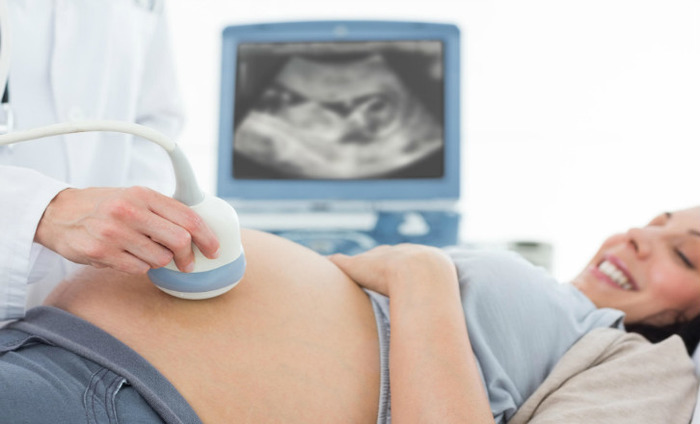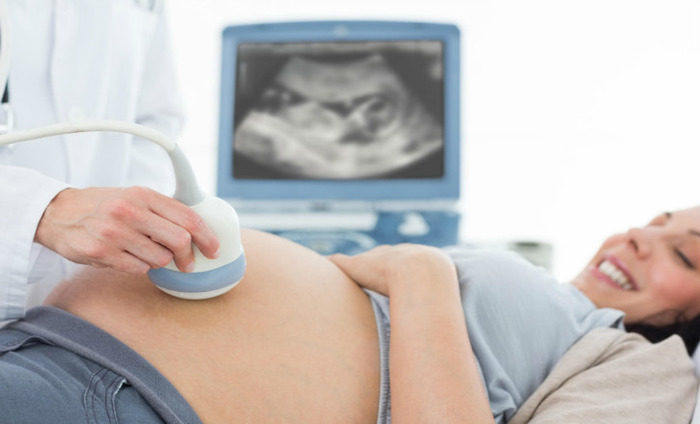
In a new breakthrough research, Brazilian scientists have
developed a new technology that will enable parents to watch their unborn
babies grow in realistic three-dimensional immersive visualisation.
The new technology combines magnetic resonance imaging (MRI)
— which provides high-resolution foetal and placental imaging with excellent
contrast — and ultrasound data to scan segments of the mother’s womb and
foetus to build a 3-D model which can be brought to life by using a virtual
reality (VR) headset.
“The 3-D foetal models combined with virtual reality
immersive technologies may improve our understanding of foetal anatomical
characteristics and can be used for educational purposes and as a method for
parents to visualise their unborn baby,” said Heron Werner Jr. from the
Clinica de Diagnostico por Imagem, in Rio de Janeiro, Brazil.
Sequentially-mounted MRI slices are used to begin
construction of the model. A segmentation process follows in which the
physician selects the body parts to be reconstructed in 3-D.
Once an accurate 3-D model is created — including the womb,
umbilical cord, placenta and foetus — the virtual reality device can be
programmed to incorporate the model, the study said.
The virtual reality foetal 3-D models are remarkably similar
to the post-natal appearance of the newborn baby.
They recreate the entire internal structure of the foetus,
including a detailed view of the respiratory tract, which can aid doctors in
assessing abnormalities, Werner added.
The technology also can help coordinate care with
multidisciplinary teams and provide better visual information to parents to
help them understand malformations and treatment decisions.
“We believe that these images will help facilitate a
multidisciplinary discussion about some pathologies in addition to bringing a
new experience for parents when following the development of their unborn
child,” Werner said.
The study will be presented at the annual meeting of the
Radiological Society of North America in Chicago, US.

